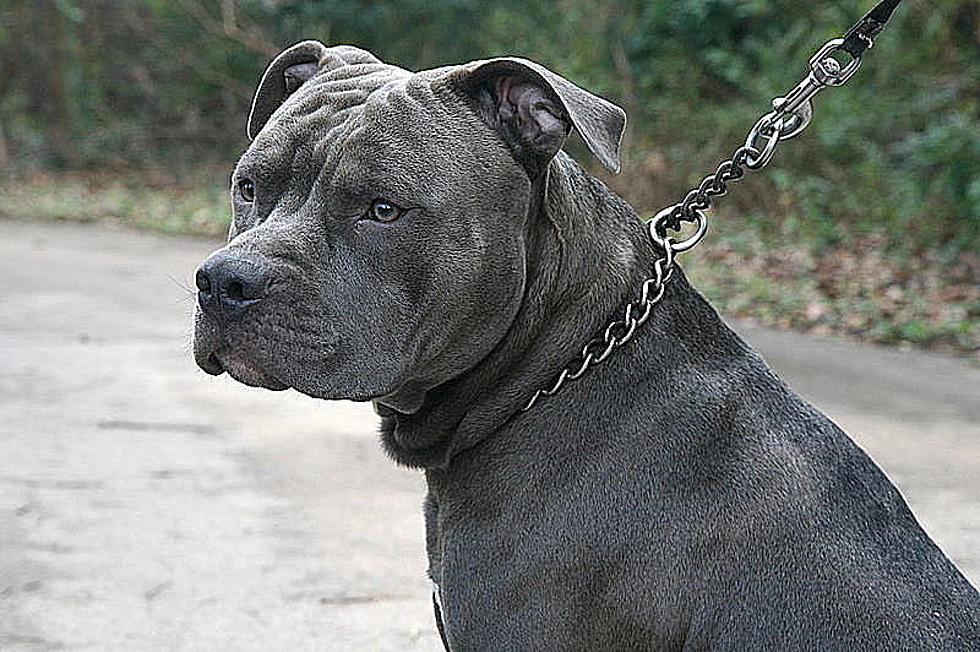
Science Identifies Dog Breeds Most Likely To Bite
There has been a lot of debate about dogs, dog bites, pit bulls and pit bull bans over the years in Yakima. Pit bull lovers and supporters claim, against logic in my opinion, that pit bulls are no different than any other dog. In the last chapter, Yakima's successful 30 year Pit bull ban was lifted due to the Humane Society threatening to cancel its contract for stray dog services with the city. (Nothing like a little blackmail with your back lab in my opinion.) As far as there being no difference between pit bulls and other breeds, yet another scientific study begs to differ.
EurekaAlert reports on a new study out of The Ohio State University College of Medicine and The Ohio State University Wexner Medical Center that found that pit bulls and mixed breed dogs have the highest risk of biting and also cause the most damage per bite. Doctors want parents of young children to use this information when deciding which dog to own.
The Centers for Disease Control and Prevention estimates that 4.7 million people in the U.S. are bitten by dogs annually and 20 percent need medical care for their injuries; most of those who need treatment after a dog bite are children ages five to nine.
Meghan Herron, associate professor of veterinary clinical services at Ohio State's College of Veterinary Medicine offers the following tips for dog owners:
- Most bites to children occur from a family dog when the dog is resting and the child approaches. Try to provide and encourage resting places away from where children run and play.
- Many bites to children occur even when an adult is in the room. If you can't devote your attention to the interactions between the dog and child, it may be best to have a physical barrier between them, such as a baby gate or crate for the dog.
- Teach children to let resting dogs lie and to stay out of dog crates, beds and other resting places that are designated for the dog.
- Children should not approach, touch or otherwise interact with dogs while they are eating. Provide quiet areas for dogs to eat away from areas where children run and play.
- Teach children to find an adult if a dog takes one of their toys or snacks. Children should never attempt to retrieve these items themselves.
More From News Talk KIT









